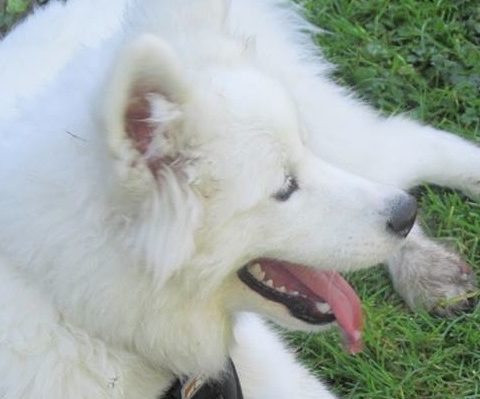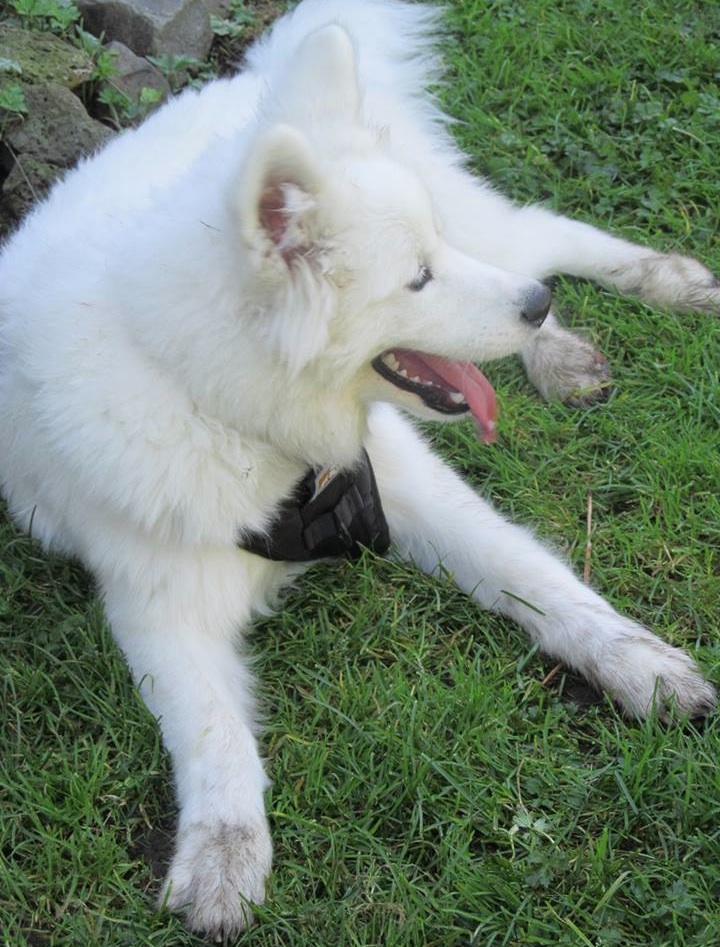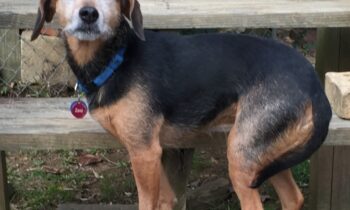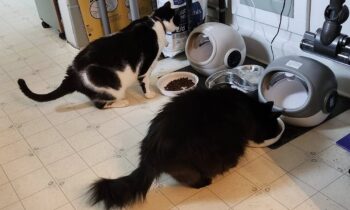
We reward our children for good choices all the time. Your fifth-grader has been struggling with geography, so you offer an incentive: study hard, pass the next test, and we will go out to your favorite pizza place for dinner. Your high-schooler isn’t enthusiastic about the college prep class she signed up for, but you agree it’s important that she sticks with it and finishes the course. You know she wants a new computer game that will be released soon, so you make a deal: finish the course with a passing grade and the new computer game is hers. You sweeten the deal: finish the course with a good grade and she can invite some friends for a sleepover on the day you buy the game.
Rewards, in these cases, are not immediate. They are contingent on what is really a series of behaviors that must be completed in order: study hard, pass the test, get the reward. Kids in the fifth grade or high school can understand delayed rewards. They “get” working toward a goal, then winning a prize. The older they are, the more delayed the rewards may be. Finish college, get good grades, and you’ve got a shot at a job that pays well in your field of expertise. Adults may work for many years in pursuit of a big reward, like owning their own home or taking a trip to Europe.
Dogs (and, really, most animals we have as family members) do not necessarily comprehend delayed rewards. Dogs, cats, hamsters, birds . . . they are not likely to pursue goals like owning their own homes or visiting the Eiffel Tower. They have no understanding of building equity or earning a raise. Their lives are much more simple; their wants are more immediate. But they do understand rewards. To a dog, a reward is something the dog wants—something the dog finds rewarding.
When we reward dogs, we often use a very detailed plan of “shaping the behavior”—breaking down our goal for the dog into tiny increments, teaching each minuscule part of what will be the finished behavior, then “chaining” those many small parts into the whole . . . while rewarding each success, each small step, specifically. It’s a long and meticulous process, whether you’re teaching the dog a trick like shaking hands with his paw, or training a service-dog task like picking up a dropped object.
But what about all the times you’re simply living with your dog, side by side, every day, and you have no specific training goals in mind? What if, right here and right now, your goal is a well-behaved dog? What if your fondest wish for your dog is that you would not have to direct his every move with a command or cue but instead that the dog will “grok” a situation and know what to do without being told? How do you shape that behavior without a long, detailed, scientific plan?
Reward good choices.
It’s that simple.
Your dog loves food.
Use food as a reward.

You’re on your daily walk with your dog. You head to the park that’s closest to your house. You run into a friend who’s walking with her kids. The kids run ahead to the playground and start swinging on the swings. You and your friend stand where you can watch the kids and you start chatting.
Your dog relaxes and lies down.
Your dog has made a good choice.
You reward your dog with a treat.
Your dog stands up expectantly.
You continue chatting with your friend.
Your dog relaxes and lies down.
Your dog has made a good choice.
You reward your dog with a treat.
Good choices aren’t always so obvious, of course, which is why you start with the simplest situations. Don’t overcomplicate. You’re chatting with a friend and, clearly, your dog has many choices. He could be obnoxious, jumping on your friend, clamoring for attention. He could be defiant, pulling on the leash, straining to move on. He could be embarrassing, barking, whining, making a scene.
Or he could sit . . . quietly . . . at your side.
That, too, would be a good choice, wouldn’t it? Think ahead. Isn’t sitting often the step before lying down? Yup, I’d reward that quiet, unobtrusive sit. That sit is definitely a good choice.
Your job is to be flexible. You can’t predict what your dog is going to do. You have to judge his “choice” quickly. It may feel very awkward at first, but it gets easier the more you do it. Can you chat with a friend and drop a treat for your dog at the same time? I bet you can! I bet you’ll get very good at it very quickly, if you stick with it and keep practicing.
Did you miss a good choice?
Don’t worry! You’ll do better next time.
Want to practice without food? You can do that! Instead of giving a treat, give praise—”Good Down!” for lying at your feet while you chat with your friend, “Good Sit!” for sitting quietly at your side. Make it even more simple by using just one word, leaving out the descriptive cue. Say “Good!” or “Yes!” Or invent your own praise word or sound. I say, “Job!” which is short for a phrase I say naturally all the time, to both animals and humans, “Good Job!” I have a friend who says, “Nice!” as his praise word.
Food is not mandatory for rewarding good choices but, frankly, for most dogs, it is more meaningful. But practice without food can build up your own proficiency. Your timing will get better and you will grow more confident. Other possible rewards may not be practical—throwing a ball as a reward for a dog who’s lying quietly while you chat with a friend is probably not the best training scenario, for reasons that should be obvious to anyone with a ball-obsessed dog! (He’s not likely to lie quietly when he knows you’ve got a ball in your pocket. That will take more training than you’re ready for now!)
Eventually, you will be confident enough to try rewarding your dog’s good choices with food if, in fact, your dog likes food. You will get used to carrying baggies of treats in your pockets (and removing those baggies of food before you put your clothes in the laundry hamper or hang them in the closet). Your dog will get used to treats being present in the atmosphere, whether they’re on a nearby shelf or in your hand. You will remember to reduce your dog’s meal size in proportion to the number of treats you use for training every day. You will use your dog’s kibble for some of those treat rewards if your dog needs his weight watched. You will add in extras, like cooked chicken or tube meat, for flavor.
You will spend a lot of time thinking about the good choices your dog could make in a variety of situations. You will discuss those good choices as a family. You will encourage family members and friends to pay attention to what you’re rewarding your dog for . . . and you will ask them to praise you when what you’re doing seems to be working. That’s right. You, too, need praise and rewards for making the right choices. Got kids? You’ll be modeling behavior you hope they’ll adopt, too—praising and rewarding for good choices, whether the good choices are made by humans or by animals—because rewarding good choices increases the likelihood that more good choices will be made!
Want to know more about rewarding your dog for making good choices? I will be teaching a free class in Spokane next month and, if you’re in the area, I hope you will attend!
DOGS—LIVING WELL WITH YOUR BEST FRIEND
Monday, June 5, 2017, 6:30–7:30 p.m.
South Hill Library, 3324 South Perry Street, Spokane, Washington 99203
Families, school-age kids (K–5th grade), tweens (5th–8th grade), teens (13–18 years), adults
Dog training is no longer a matter of punishment, force, and fear. Today’s dogs learn to make the right choices because they’re trained with positive, force-free methods that shape their behavior with rewards. What is rewarding to your dog? Val will help you to figure that out! Do you have concerns about your dog’s care and feeding, manners, bad habits or anxieties? Val will be available to answer your questions before class, from 5:30–6:30 p.m., so join us early if you can! Families are welcome.
http://www.spokanelibrary.org/calendar/?trumbaEmbed=view%3Devent%26eventid%3D123527681



